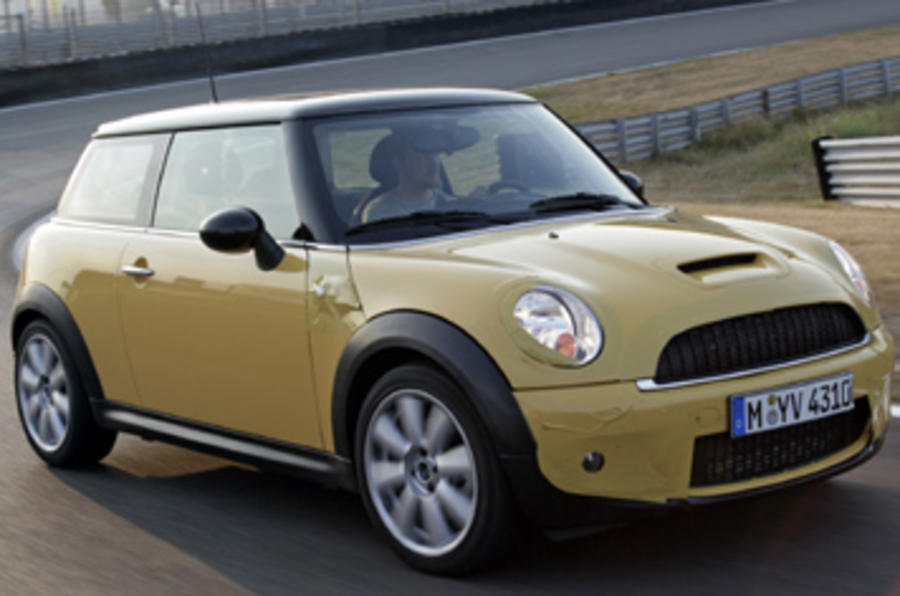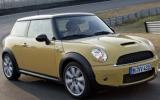What is it?
Where have you been? This is the second-generation model of one of the most successful cars of recent years. And despite the mildly modified looks, it really is new. Indeed, one senior BMW engineer told us that the second-generation Mini is effectively a new car. Although the bulkhead and floor structure have been carried over from the current Mini, virtually everything else is new or substantially modified, from the front bumper to the rear lights.
We spent the day with new Mini Cooper S at Holland’s coastal Zandvoort ex-F1 circuit, which swoops and switches through the sand dunes. Although we couldn’t try the car on the open road, the high-speed track work and low-speed handling course told us a lot about it.
Starting at the front, the Mini has got a brand-new drivetrain. There’s a new all-aluminium 1.6-litre engine, co-developed with Peugeot-Citroen, which has direct injection and a twin-scroll turbocharger. The upshot is a maximum output of 175bhp and 177lb ft of torque at just 1600rpm. Under hard acceleration an overboost system delivers a brief 192lb ft slug of torque. All Minis get a six-speed manual Getrag manual box and the option of an efficient six-speed automatic transmission. Paddle shifters will be an option and the CVT box has been killed off. The Cooper S is also available with a limited-slip differential.
What’s it like?
As soon as you pull on the distinctive door handles and the frameless window jumps down half an inch, you get on overwhelming sense of just what BMW has done with the second-generation Mini. The whole car exudes a sense of polish and precision that the original just didn’t have. True, the first car – mostly developed by the old Rover Group in the UK – had immense character and endearing eccentricities, but it was also riddled with quirks and outright faults.
Settle in behind the wheel, and although the interior of this pre-production car is disguised, improvements are clear. The driving position remains straight-ahead excellent, and there’s noticeably more room in the footwells.
The seat is a massive advance: wide enough, sensibly bolstered and fitted with slickly smooth adjustment. The door trims on our car seem showroom-ready, are very well made and fitted with stylish aluminium trim. The new dashboard uses the same design theme as before. The central speedo is even bigger and houses (rather small) fingertip controls for the radio and trip computer.
The new climate control panel is also small and uses distinctive rocker switches for fan speed and temperature control. To fire up the car, you push the large, circular key into a slot in the dashboard and press a button. All the controls, indicators, rocker switches, handbrake and the control weightings are immediate step forward over those in the old car.
On the low-speed handling course (which was broken up enough to imitate British roads) the Cooper S demonstrates much greater civility than the outgoing car. The ride is very compliant, and at low speeds the steering is beautifully weighted, allowing the car to be threaded around with tremendous accuracy. Others complained that the (electrically-assisted) steering lacked real feel and it is certainly much lighter at the rim. This, says BMW, is because many female drivers requested it. More sporting drivers might lament the loss of effort required, but sheer accuracy allows the Mini to be placed with outstanding fingertip ease and it’s quick enough, at just 2.7 turns lock-to-lock.




































Add your comment